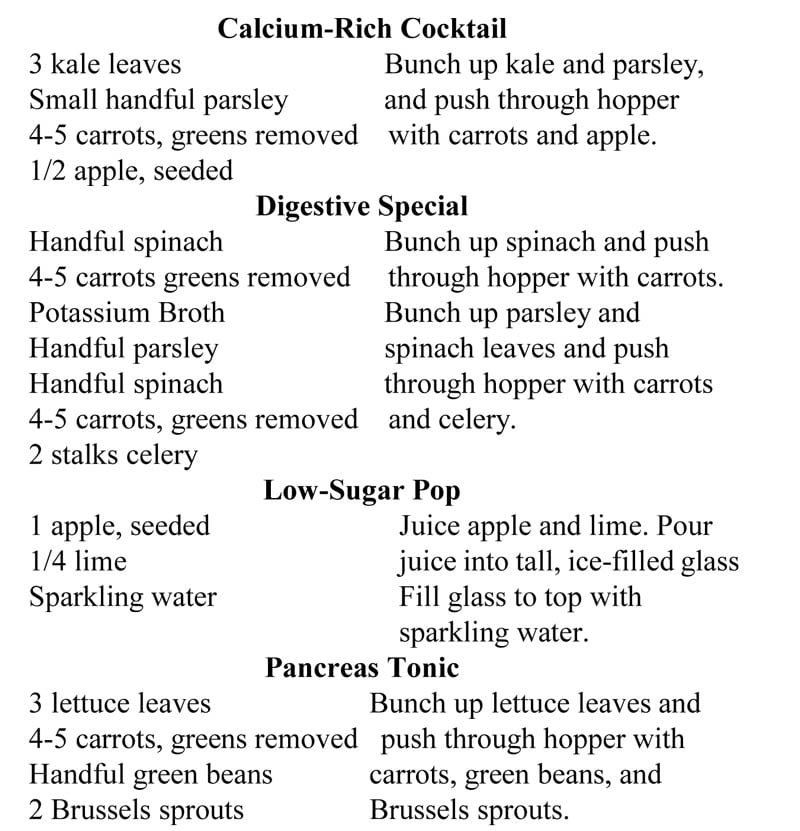Above mentioned diseases are generally related to our food habits. Overeating cause overweight while less eating is the cause of underweight. Diabetes mainly caused due to the imbalance in the flow of insulin.
Underweight
Successful weight gain depends upon the cause of the initial weight loss. Some people are genetically programmed to be thin, and weight gain for them is very difficult. Statistically speaking, underweight people live longer and have fewer health problems than overweight individuals.
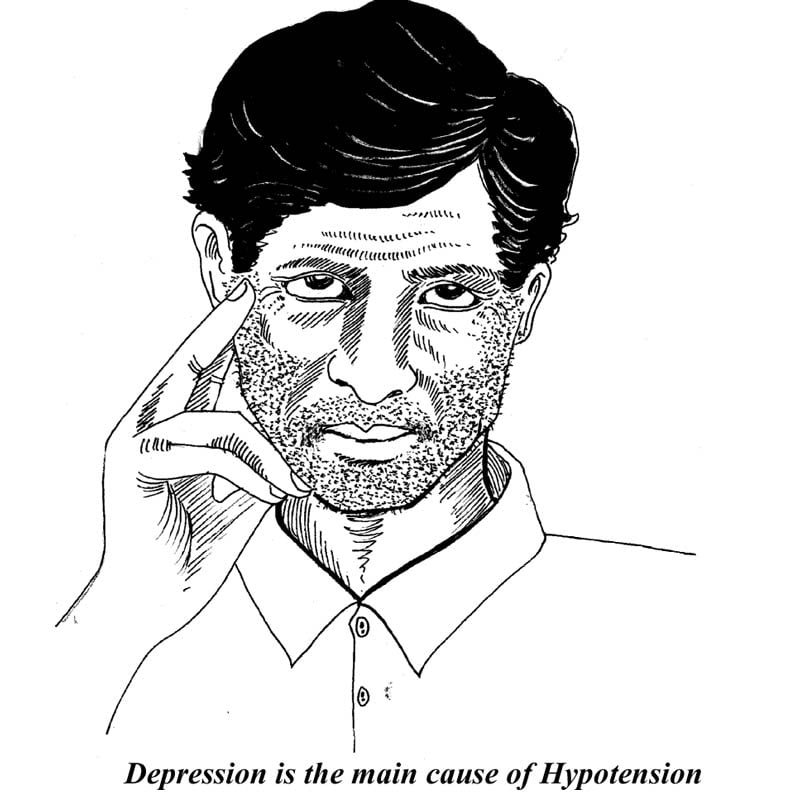
In older adults, however, thinness can be a reflection of undernourishment.
General Recommendations
Sudden weight loss should always be evaluated by your physician. Weight loss due to cancer needs special consideration. Weight loss due to lack of appetite is common in people on drug therapies. Check with your doctor if you suspect that this is the problem. Exercise is the best way for the naturally thin person to shape up. Several drugs and alcohol can cause weight loss and abstinence is the only solution in this instance. If you smoke, stop. Nicotine increases the metabolic rate.
Dietary Modifications
Increase calories by adding complex carbohydrates such as whole grain pasta, potatoes, and bananas to your diet. Don’t add high amounts of fats, as this will only increase your risk of developing cancer or heart disease.
Drink your calories instead of eating them. Try the high-calorie body builders on the next page. Often it’s easier to drink more food than it is to eat it.
Eliminate caffeine-containing beverages, such as coffee. tea. and some colas. These beverages increase the metabolic rate.
Nutrients That Help
Zinc deficiency causes a loss of taste that may contribute to loss of appetite.
Beneficial Juices
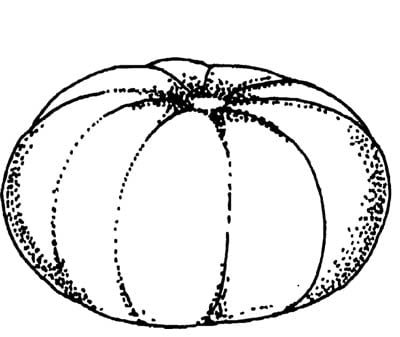
- Cantaloupe. pineapple, and grape—natural sources of sugar, which boosts calorie levels.
- Carrot, kale, and parsley-mineral-rich juices that provide the nutrients the body needs to nourish itself.
- Ginger, parsley, and carrot—sources of zinc. Lemon—a traditional appetite stimulant.
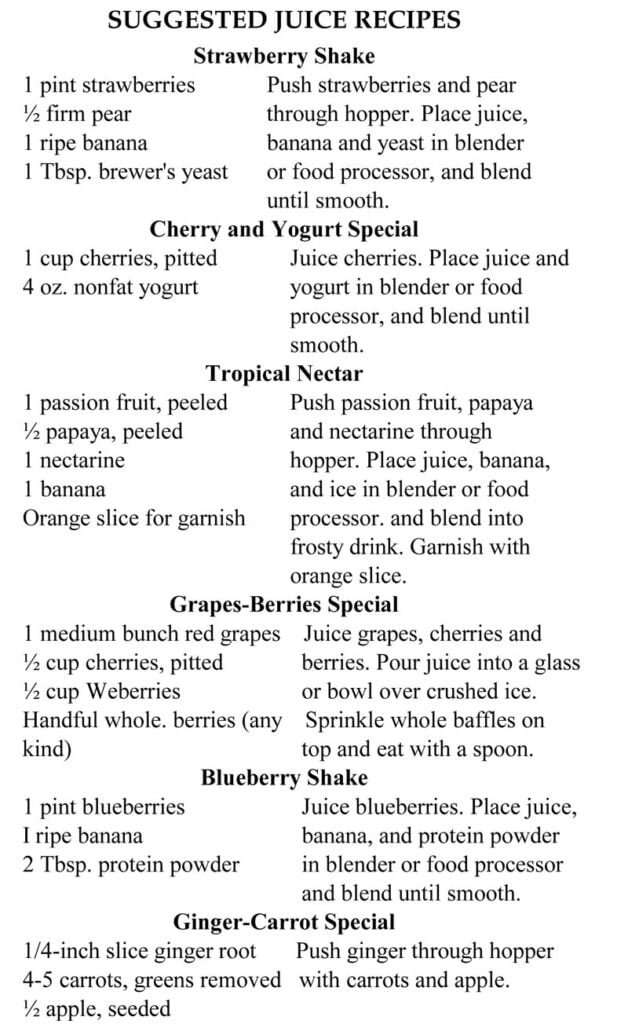

Over weight
Over weight Obesity is an excess of body fat. Anyone who is 20 percent over the norm for his or her age, build, and height is considered obese. This is a three-sided problem. Lack of exercise, poor nutrition, and emotional difficulties all contribute to obesity.
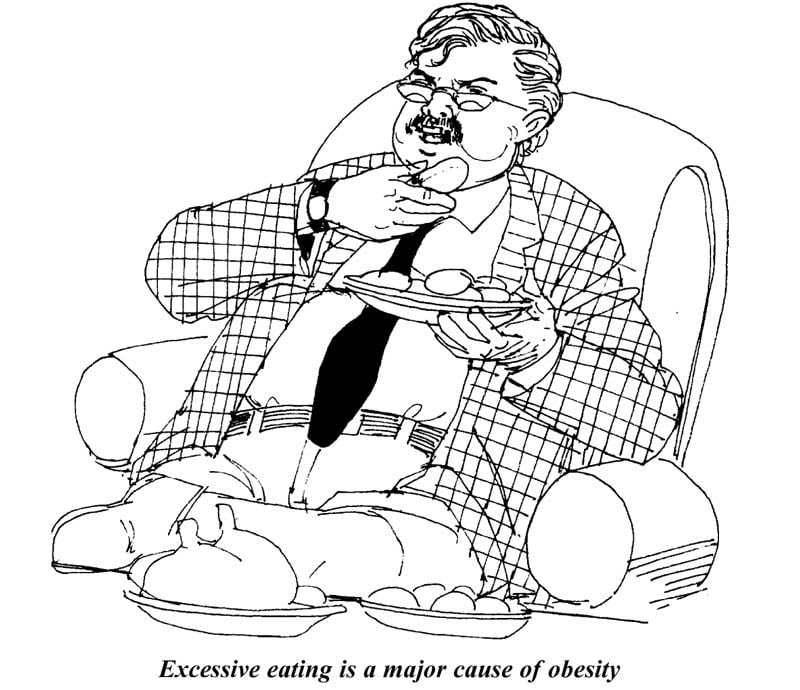
To lose weight permanently the overweight individual must address all three areas. Rather than focusing on losing pounds, focus on improving your eating habits and building fitness.
General Recommendations
Don’t spend on highly advertised diet programs. Invest instead in a good counselor who specializes in weight problems and a members in a health club that caters to people who share your desire to lose weight. Forget about counting calories and concentrate on getting the junk out of your diet and the lead out of your feet. Start by walking thirty minutes each day.
Dietary Modifications
After you have accustomed yourself to this healthy way of eating, start to keep a food diary. In a notebook, write down everything you eat, when you eat it, the amounts consumed (very important), and how you feel when you eat. For the first three days, measure everything that goes into your mouth in order to develop a sense of proportion. Overweight individuals have a tendency to underestimate portion size. After two weeks, review your diary to see if there are any times of day, feelings, or stressful events that are associated with overeating.
Gradually start to reduce your portion size. Together with your exercise program, this should result in weight loss. You should never try to lose more than one to two pounds a week since large weight losses mean a loss of muscle as well.
Be sure to dilute your fruit juices to reduce calories. Nourish your body with vegetable juices instead.
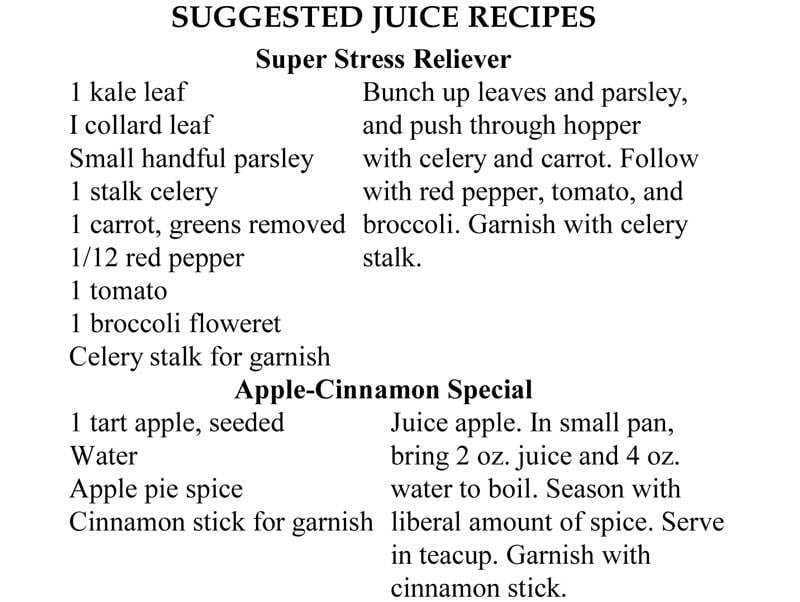
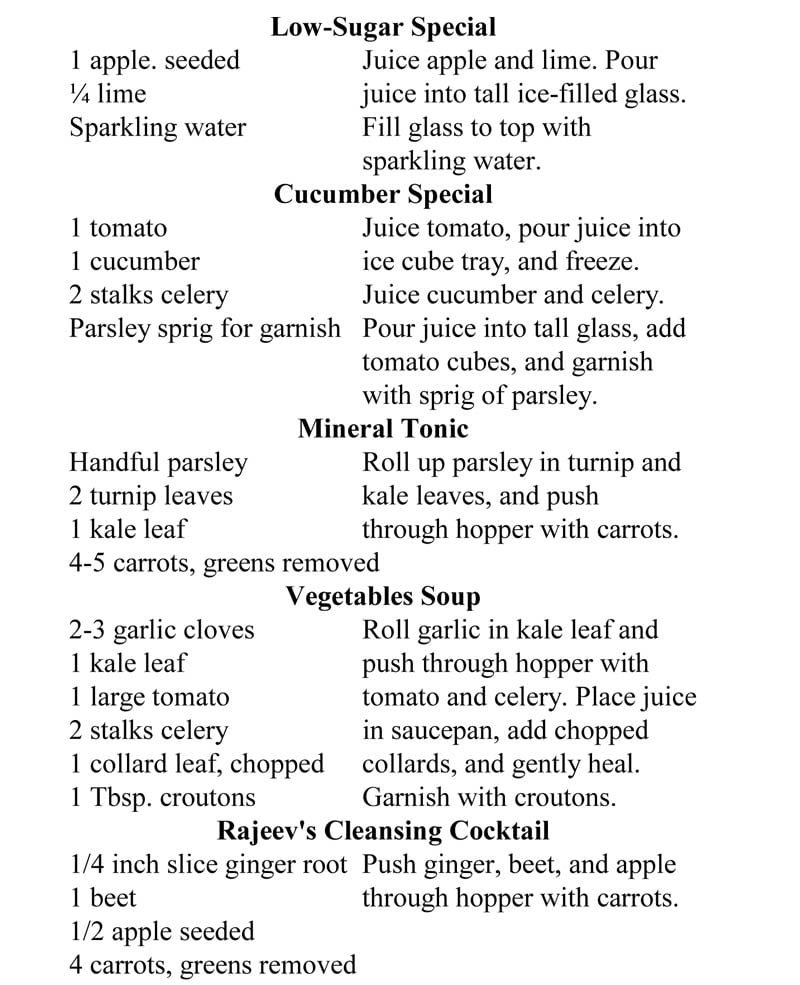
Diabetes Mellitus
Diabetes is a chronic disorder of carbohydrate, fat, and protein metabolism characterized by high levels of blood glucose. It results from insufficient production of insulin by the pancreas. Without insulin the body cannot utilize glucose; this creates a high level of glucose in the blood. Diabetes has been categorized into five groups—Type I insulin dependent diabetes (IDDM);
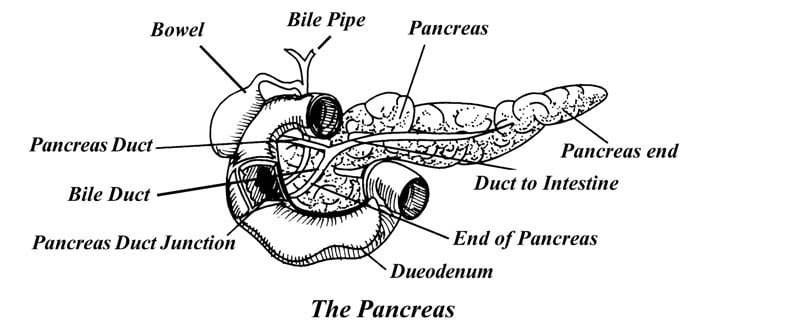
Type II, non-insulin-dependent diabetes mellitus (NIDDM) : Type III secondary diabetes; Type IV gestational diabetes and Type V impaired glucose tolerance.
Diabetes mellitus is strongly associated with our Western diet. It is not common in cultures eating a more ‘primitive’ diet-a diet consisting of whole grains, vegetables and fruits, with little or no animal proteins and no refined foods. Obesity is also strongly associated with diabetes mellitus, especially NIDDM.
Of the five types of diabetes mellitus, the first two types are the most common. Symptoms of diabetes mellitus Type I can include unusual thirst, fatigue, frequent urination, nausea or vomiting and unusual hunger. Type I usually occurs in children or young adults and is commonly treated with insulin injections and diet. Symptoms of Type II can include blurred vision, itching, unusual thirst, drowsiness, obesity, fatigue, skin infections, poor wound healing and tingling or numbness in the feet. Type II usually develops later in life and can most often be controlled with dietary changes.
General Recommendations
Exercise is very helpful in the diabetes treatment plan. Many benefits have been observed, including enhanced insulin sensitivity with a diminished need for insulin injections; improved glucose tolerance; increased numbers of insulin receptors; reduced serum cholesterol and triglycerides with increased HDL levels and improved weight loss in obese diabetics. The physical fitness program must be carefully planned for the diabetic however, to avoid risks.
Diet may be the most important factor in the treatment of diabetes. James Anderson popularized the high-carbohydrate plant-fiber diet (HCF, or High Carbohydrate Fiber), which has received considerable support and substantiation in scientific literature as the diet of choice for this disorder. The exchange diet is based on six food groups—milk, vegetables. fruit, bread, meat and fat. It allows 35 percent of the total calories as fat, an amount that has been shown to contribute to atherosclerosis. The carbohydrate content is much lower than that of the HCF diet, with 40-45 percent of total calories being derived from carbohydrates. Scientific studies have shown that a high-complex carbohydrate diet improves blood glucose control. The HCF diet consists of 70-75 percent complex carbohydrates (vegetables, fruit, legumes and whole grains); 15-20 percent protein and only 5-10 percent fat. The MHCF diet is described under ‘Dietary Modifications,’ below.
Dietary Modifications
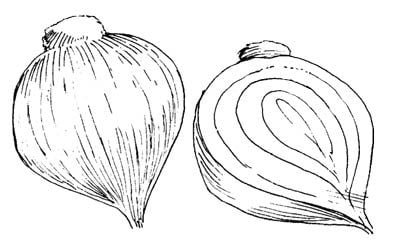
- Follow a vegetarian diet (fish and poultry once a week). This diet has been shown to reduce the risk of death from diabetes.
- Consume generous amounts of garlic and onions. These foods have demonstrated significant blood sugar lowering action.
- Consume generous amounts of raw foods and raw vegetable juices. These foods have been found to be highly beneficial for diabetics. These raw foods were found also to diminish carvings for more food.
- Avoid fruit juices. A few slices of apple used for sweetening a vegetable juice recipe may be tolerated, but if even this amount of fruit sugar is found to elevate blood glucose levels, it should not be used.
- Eliminate all sugars. Sucrose has been associated with impaired glucose tolerance. All simple sugars (sweeteners) are eliminated on the HCF and MHCF diets. Sucrose and fructose have been shown to increase total serum cholesterol, LDL, triglyceride, and uric acid levels. We do not recommend artificial sweeteners as a substitute for sugar because of the health risks that have been linked with them.
Nutrients That Help
- Vitamin B deficiency has been associated with diabetes.
- Vitamin C deficiency may exist.
- Vitamin F, appears to be needed in increased amounts in diabetics.
- Chromium is a necessary component of the glucose tolerance factor. Glucose intolerance is one of the signs of chromium deficiency.
- Copper deficiency has been associated with glucose intolerance.
- Magnesium, levels have been found to be significantly lower in diabetics.
- Manganese is needed for glucose metabolism.
- Potassium improves insulin sensitivity, responsiveness and secretion.
- Zinc deficiency may play a role in the development of diabetes.
Beneficial Juices
- Kale, spinach, turnip greens. and sweet pepper—sources of Vitamin B6.
- Kale parsley, green pepper, and broccoli—sources of Vitamin C.
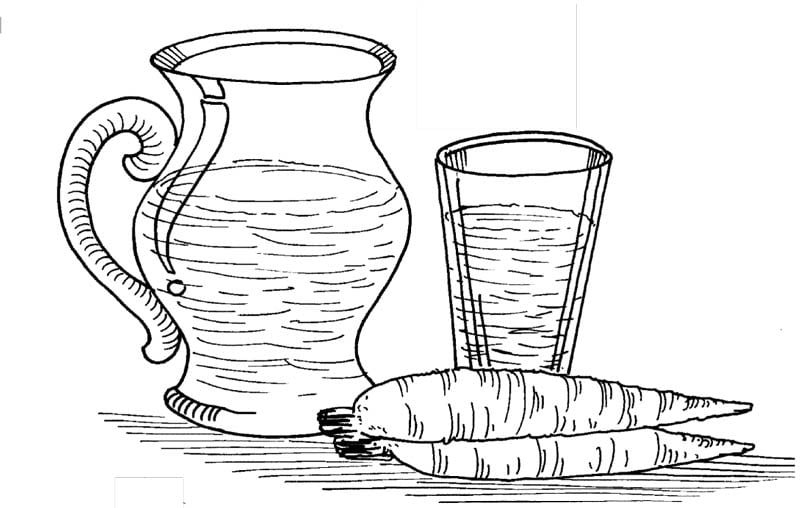
- Spinach, asparagus and carrot—sources of Vitamin E.
- Potato, green pepper, apple and spinach—sources of chromium.
- Carrot, garlic and ginger root—sources of copper.
- Beet greens, spinach, parsley and garlic—sources of magnesium.
- Spinach, beet greens, carrot and broccoli—sources of manganese.
- Parsley, Swiss chard, garlic and spinach—sources of potassium.
- Ginger root, parsley, potato, garlic and carrot—sources of zinc.

